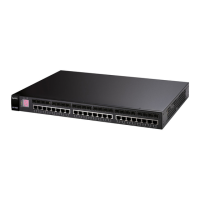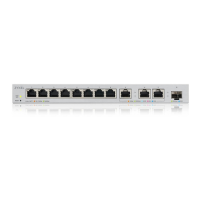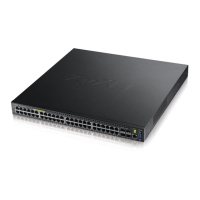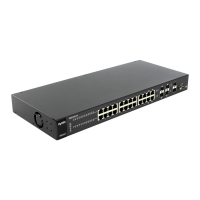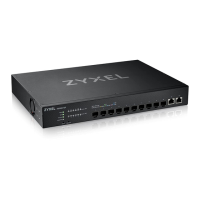Chapter 53 Spanning Tree Protocol
XGS2220 Series User’s Guide
341
53.2 Spanning Tree Protocol Status
The Spanning Tree Protocol status screen changes depending on what standard you choose to
implement on your network. Click SWITCHING > Spanning Tree Protocol > Spanning Tree Protocol Status
to see the screen as shown.
Figure 248 SWITCHING > Spanning Tree Protocol > Spanning Tree Protocol Status
This screen differs depending on which STP mode (RSTP, MRSTP or MSTP) you configure on the Switch. This
screen is described in detail in the section (Section 53.4 on page 344, Section 53.6 on page 348, and
Section 53.8 on page 353) that follows the configuration section for each STP mode. Use the SWITCHING
> Spanning Tree Protocol > Spanning Tree Setup screen to activate one of the STP standards on the
Switch.
53.3 Spanning Tree Setup
There are three Auto path-cost Modes (see Table 183 on page 343). Choose the Auto Path-cost Mode
according to the device average link speeds in the STP network.
If most of your devices support high link speed, you should select Long or User-defined mode. The path
cost of link speed slower than 10 Mbps can be set to 2000000, and the path cost of link speed faster than
10 Gbps can be set to 200. This way, the path costs can better reflect actual link speeds with a wider
range (32 bits) of path cost values. If the link speeds within the system are averagely smaller than 1
Gbps, you should select Short mode since Short mode have path cost values more detailed defined for
link speeds under1 Gbps.
The path cost values are described in the following tables.
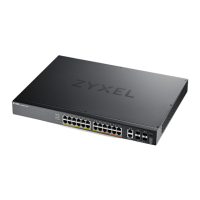
